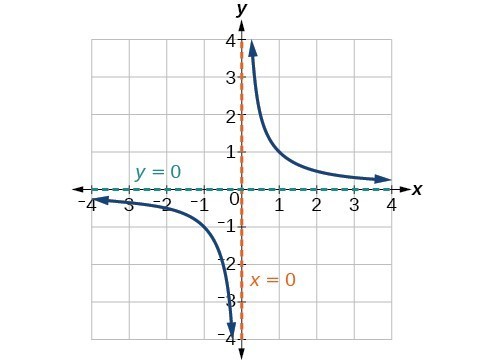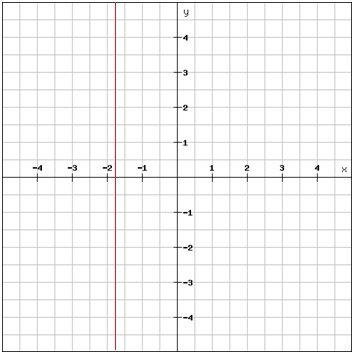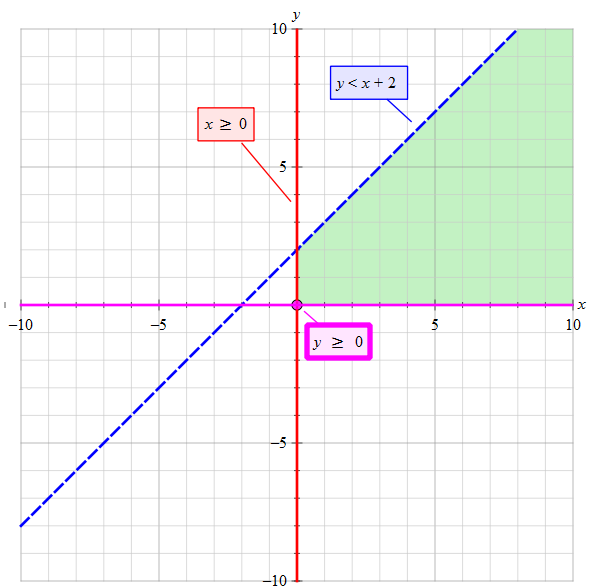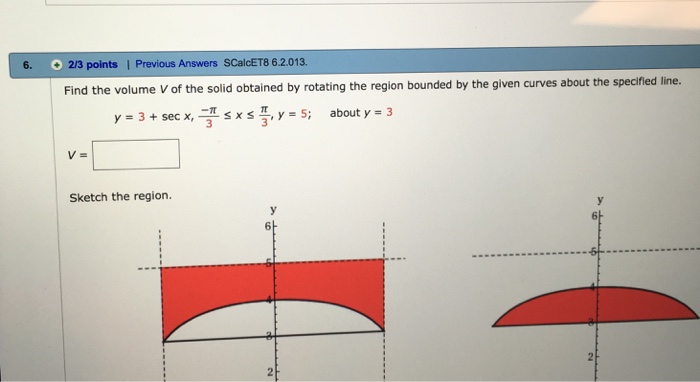
How to Solve a Differential Equation with Series (x - 1)y'' - xy' + y = ... | Differential equations, Math videos, Solving

EXAMPLE 1 Finding Intercepts Find the intercepts of the graph of y = 1 2 x – 5.5. STEP 1 To find the x -intercept, let y = 0 and solve for x. 1 2 = y x. - ppt download

Draw the graphs of the equations-x - y + 1 = 0 and 3x + 2y - 12 = 0. Determine the coordinates of the vertices of the triangle formed by these

Draw the graphs of the equations x = 3, x = 5 and 2x - y - 4 = 0. Also find the area of the quadrilateral formed by the lines and the x-axis

probability - Given $f(x,y) = 1$, $0<x,y<1$, let $U = X+Y$. Find $f_U(u)$. - Mathematics Stack Exchange
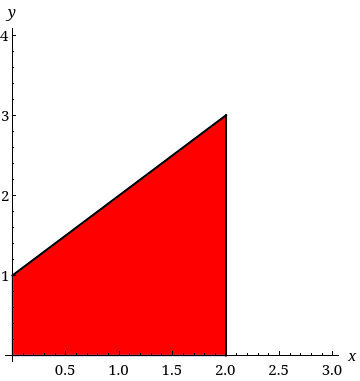
Find the volume V of the solid obtained by rotating the region bounded by the given curves about the specified line. | Wyzant Ask An Expert

How to Solve a Differential Equation with Series (x - 1)y'' - xy' + y = 0 with y(0) = 2, y'(0) = 6 - YouTube

Objective - To use x-intercepts and y-intercepts to graph a line. Make a table of values to graph y = 2x - 6. xy = 2x (-3) - 6= (-2) - 6= - ppt download


